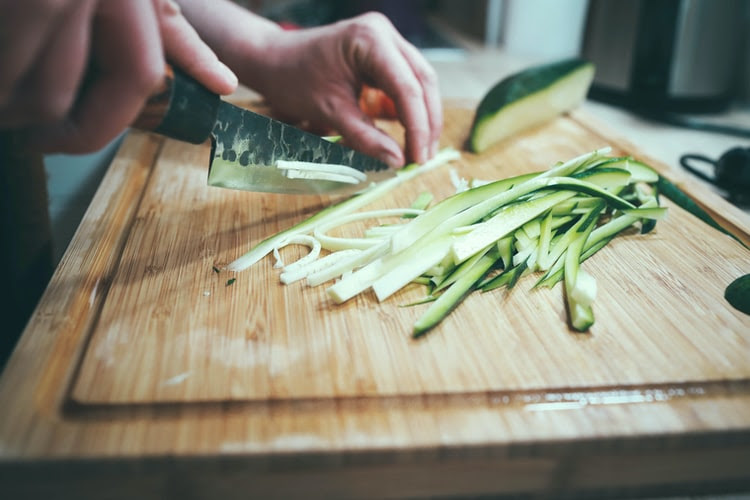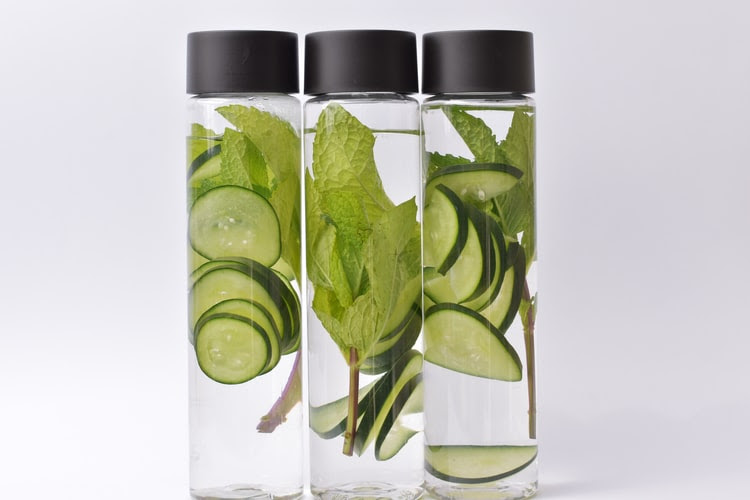Cucumbers are best eaten fresh or pickled. The watery taste makes you taste the ocean breeze and cool waters. Growing cucumbers, however, need quite an effort to harvest a beautiful one. Cucumbers best fit in a large garden, but there are also gardening tips you can follow if you want to plant them in a trellis or plant cage.
Cucumber Cultivating Tips
Ideal Planting Area for Cucumbers
Cucumbers are best planted in loose soil with almost a sandy quality. But if loose soil isn’t available, they are best grown in soil with excellent irrigation abilities or well-drained soil. Cucumbers love sunlight. Their roots can grow up to 36 to 48 inches long, hence, they can acquire nutrients deep in the soil but it is not recommended to plant them near a tree where they can’t get the most out of the soil nutrients.
Cucumber Soil Preparation Tips
Remove the rocks, sticks, and trash before creating your mixture. Plant materials such as grass and weeds are okay to keep in the soil. These elements can help enrich the soil. Then, with a spade, make an 8 to 12 inches deep then turn each shovelled soil around to cover the cucumbers.
Make four to six beds with six inches in height and at least 36 inches of space so each plant will have enough room to grow. If you have heavy soils, you will need to make ridges so you can improve the drainage system.
Cucumber Planting Tips
Cucumbers love warm temperatures and not equip to live in cold areas. Cucumbers are vines; hence need ample space to thrive beautifully. The vines can go up to six to eight inches and they can also cover your whole ground. So, when you plant cucumber, create some ridges and use a hoe stick to make 1-inch deep furrow.

After, drop three to four seeds deep into the furrow, ideally 12 to 14 inches down. Remove extra plants once they start to emerge. Then, cover the seed with 1-inch thick soil and flat the sides with hoe to ensure that the soil on top of the seeds is firm.
If you have a small garden, you can train your cucumbers to crawl on the cage or trellis. Plat four to five seeds with elevation. Ideally, it has to be four to six inches high.
Cucumber Fertilising Tips
Cucumber requires a lot of fertilisers. 10-10-10 or 10-20-10 is ideal for every ten-foot row. Make the surface is smooth when you apply fertiliser to your cucumbers. When your cucumber vines reach at least ten inches long, apply half a cup of fertiliser to each row. You can also add one tablespoon for each plant.
Cucumber Watering Tip
If it does not rain, your cucumbers need to be soaked in water weekly.
Cucumber Care Tips
It is important to keep cucumbers weed-free. Avoid ploughing and hoeing the soil for you might damage feeder roots which can lead to slow plant growth. There are two kinds of flowers cucumbers produce; one is male and the other is female. Female flowers are the ones to produce fruits. Thus it is important not to cut them off. When the female flowers begin to drop, touch the inside of both make and female to trigger pollination. And once they pollinate, they begin to produce fruits.

Insects and Diseases Prone to Cucumbers
The cucumber beetle spotted cucumber beetle and squash bugs are the most common types of insects that attack cucumbers. Additionally, cucumbers are prone to have spots on either the lower or upper part of the leaves and sometimes on the fruit itself. It is important to monitor the plant daily to monitor or stop diseases with organic fungicides.
Cucumber Harvesting Tips
When the cucumber is the right size and is showing a green hue, it will be ideal to harvest them right away. Never wait for the cucumber to turn yellow because an over-mature cucumber has a stronger taste.

Cucumber is a flexible vine fruit that you can use for any sort of drink and healthy dishes. They have watery quality so it’s one of the best ingredients to add to your refreshment. Cucumbers can be hard to grow but nothing beat a freshly chopped cucumber floating in your lemon water.
